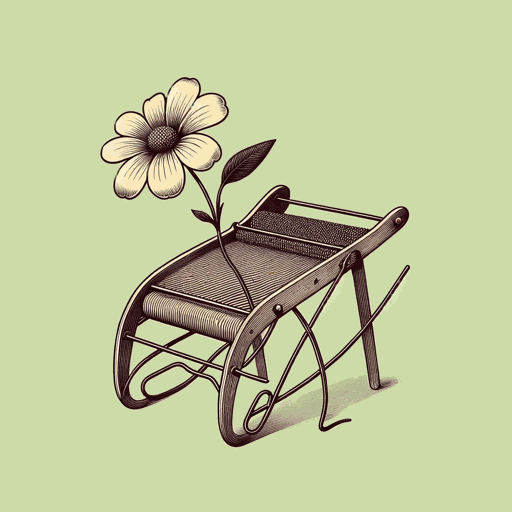46 pages • 1 hour read
Tera W. HunterTo ‘Joy My Freedom: Southern Black Women’s Lives and Labors after the Civil War
Nonfiction | Book | Adult | Published in 1997A modern alternative to SparkNotes and CliffsNotes, SuperSummary offers high-quality Study Guides with detailed chapter summaries and analysis of major themes, characters, and more.
Chapters 7-8Chapter Summaries & Analyses
Chapter 7 Summary: “‘Wholesome’ and ‘Hurtful’ Amusements”
In this chapter, Hunter explores how working-class African-American women’s leisure in Atlanta became yet another realm in which contests over race and gender took place in the New South. According to Hunter, working-class African-American women “found relief from the workaday lives in Atlanta’s Central amusement district” (146). They did so amid changes in cultural ideas about what constituted proper behavior for women, a legal landscape in which segregation dominated, and the blossoming of entertainment districts on Decatur Street and Auburn Avenue.
In the aftermath of the race riot of 1906, even leisure was a racially segregated activity. Affluent whites dominated the entertainment districts in downtown Atlanta and the racially segregated parks. Working-class whites spent their time in amusement parks. Working-class African Americans found their leisure in sometimes exclusive private circles that met in people’s homes, church events, public celebrations of holidays, and sporting events.
Over time, however, commercial entertainment options expanded, with most venues clustered around Decatur Street and its more upscale twin, Auburn Street. On Decatur Street:
women from immigrant, working-class, and African-American backgrounds helped to reconfigure gender conventions in public amusements. Their defiance of the Victorian standards of ‘true womanhood’ that defined respectability as middle-class propriety provoked controversy (154).

